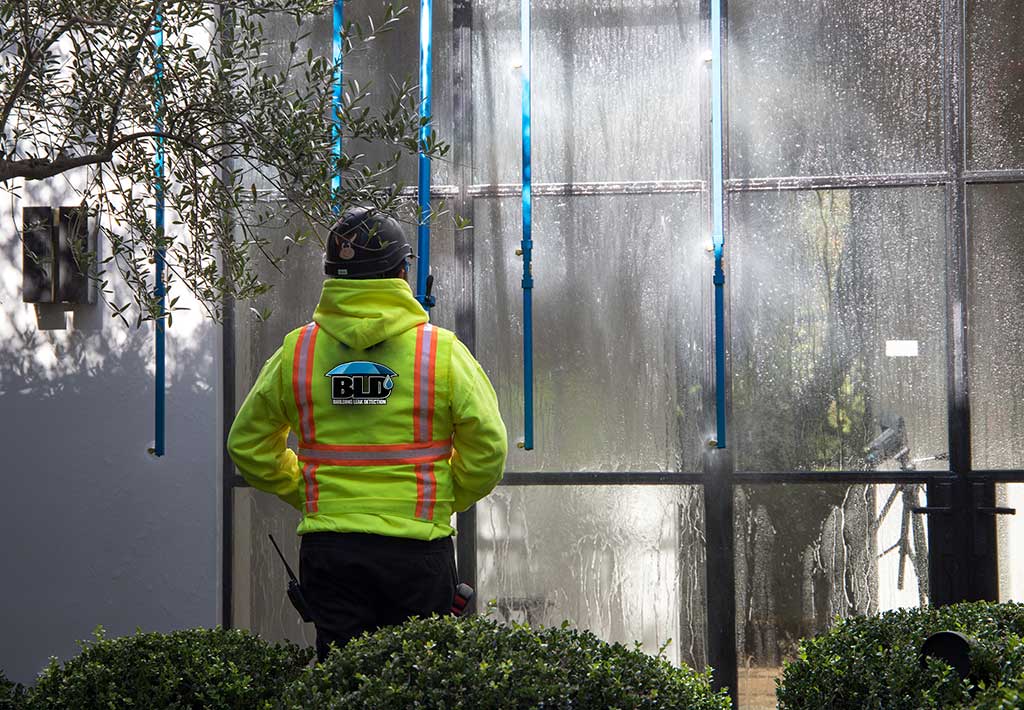Las Vegas… looking for a water intrusion specialist?
Las Vegas is a huge city with thousand of homes and business. Annually, these homes and business fall victim to water intrusion from rain events. So how do we test for these rain leaks? Its simple really… we have a very strict set of standards that we use to establish the test protocol and then we, water intrusion specialists, administer according to that standard.
In a nutshell, a water intrusion specialists is one who detects water leaks inside a home or building. The methods used to perform these tasks are sophisticated and state of the art. Equipment used in these water intrusion rain leak inspections is calibrated and professional used specifically in water rain leak detection.
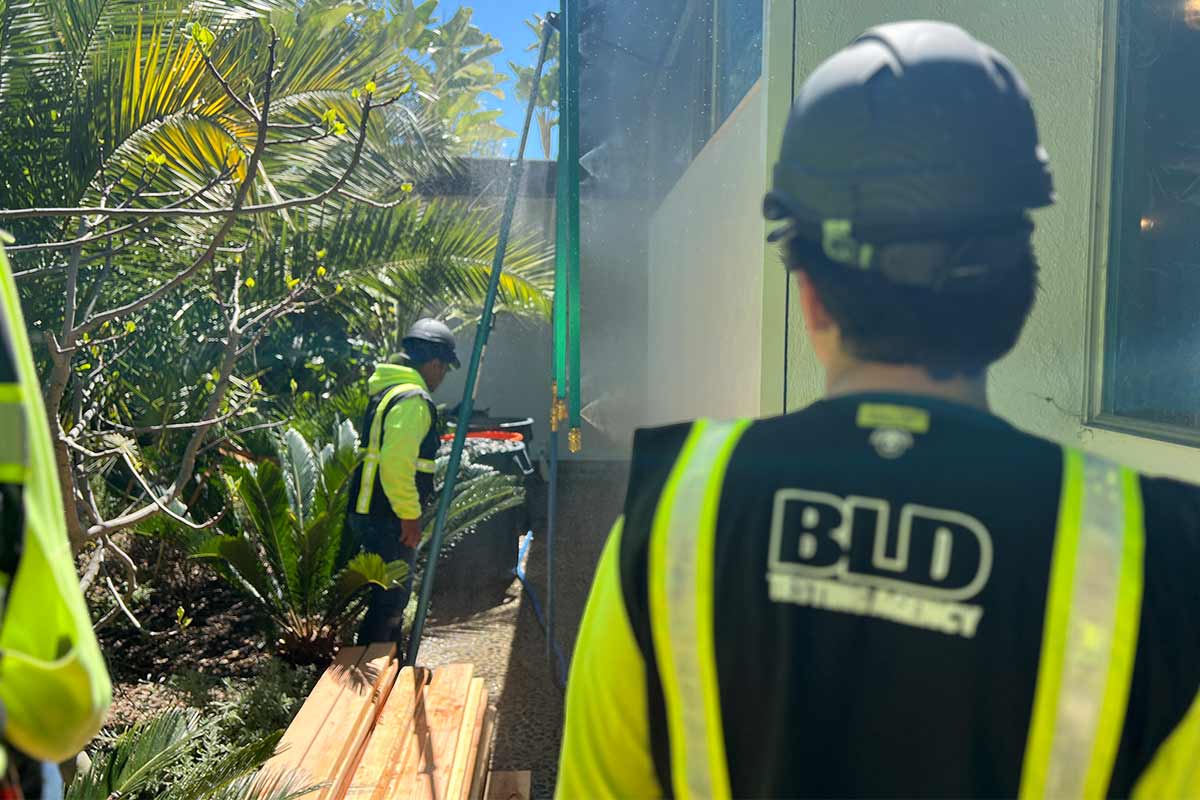
How do we find rain leaks in your Las Vegas home or business?
BLD Vegas understands how water travels through the many different building systems that make up a home or office. Because we understand these system,, detecting moisture intrusion is relatively simple. It boils down to a process of elimination. We will use this process to rule out the areas of the test specimen to rule out potential leaking points. Once this is achieved, we can sero-in on the area that is responsible for your rainless into your home. Las Vegas is no different than any other part of the country when it comes to rain leaks.
5 different types of rain leaks inspections and testing available
There are five different types of rain leaks we can detect. To put that in another way, there are five different building systems that tend to leak quite often. In fact, these areas leak so much that there were standards designed to implement specific test protocol for these five systems. Below are the different building systems that we test most for rain leaks or water intrusion in Las Vegas.
- Flat roof
- Decks
- Windows and Doors
- Storefront
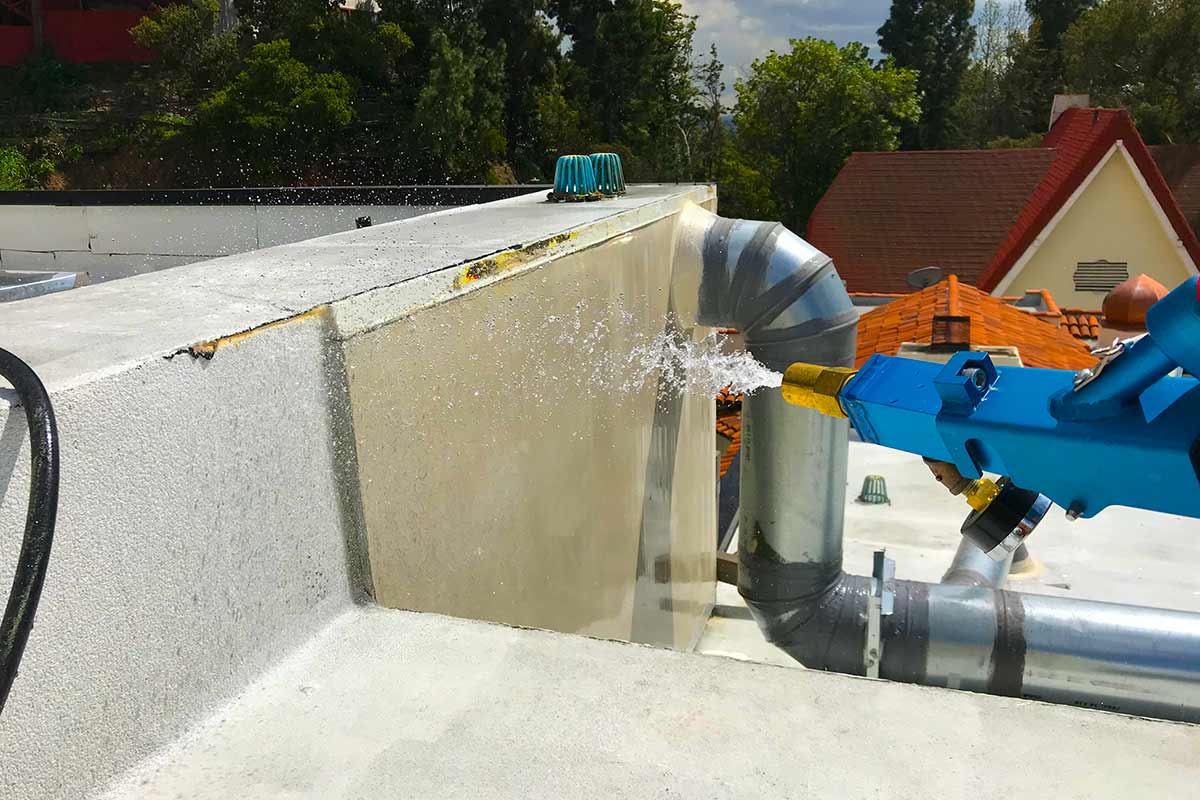
Las Vegas | Flat Roof Rain Leak Investigations
Building Leak Detection company provides flat roof investigations and testing. The price to have a flat oof tested in Las Vegas depends on the type of roof system and square footage of the roof. Our equipment for these tests is able to detect moisture within several layers of roofing material. Infrared thermography under the roof is always helpful when the the underside of the roof deck is accessible.
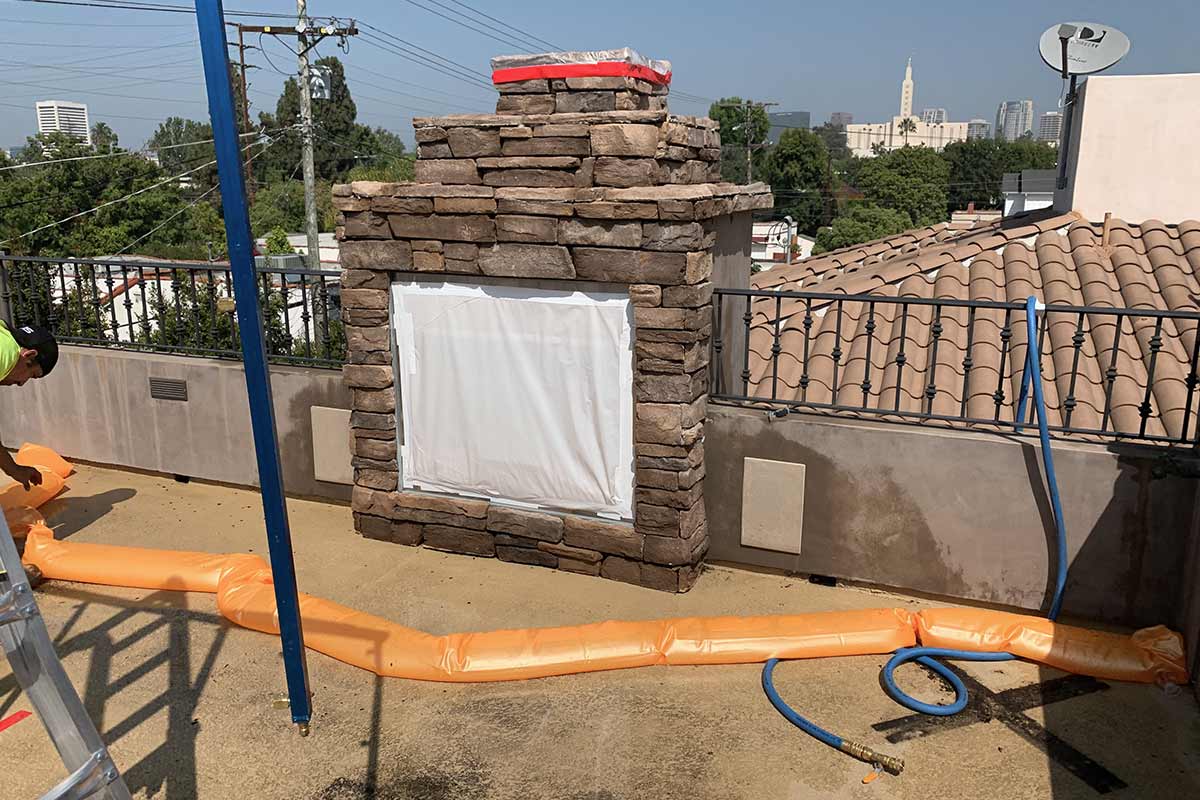
Flat deck leak testing for Las Vegas residents
Flat walk on decks are notorious for leaking when it rains. Due to the nature of the construction of these deck systems there are a number of areas within the decks construction where water has the potential for leaking. Our test, the ASTM E5957 is designed for testing these types of systems. In addition to testing the base of the deck, we can further test the railing as its attached to the deck surface with the use of a wand which is also used in the AAMA 501.2 water leak test.
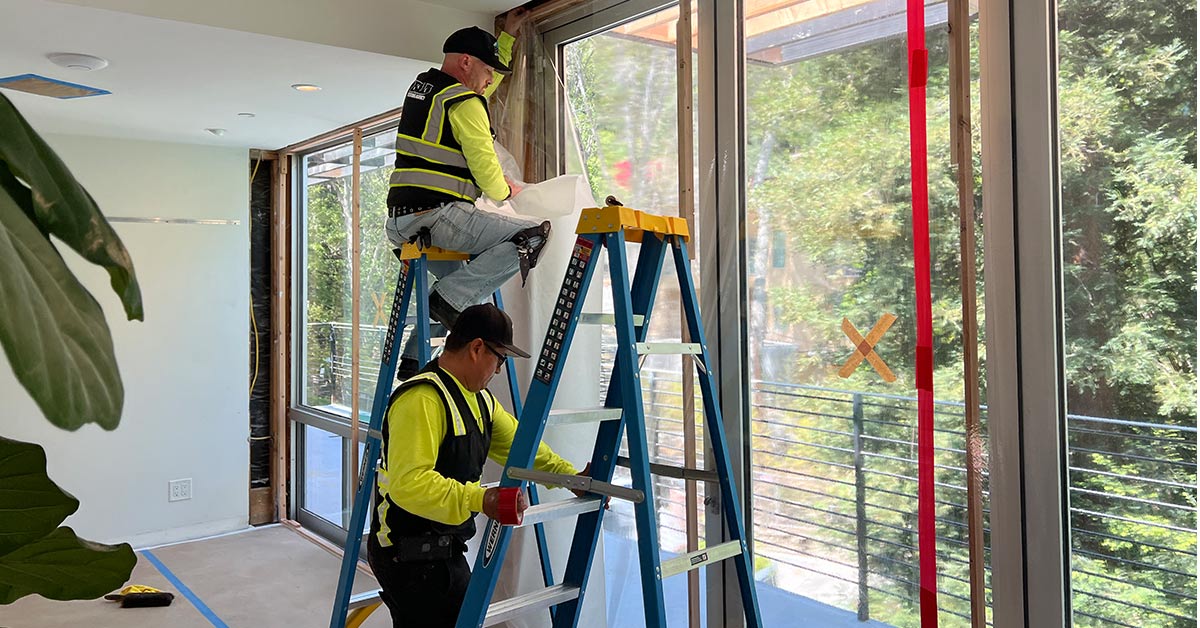
Vegas Window and Door Rain Leak Testing
Windows and Door testing falls into two categories, quality assurance testing and forensic testing. The difference between forensic water intrusion testing and quality assurance rain leak testing is that forensic is looking for leaks on existing older windows or doors. It’s to look for rain leaks in these older doors or windows to make repairs or replace the existing products. On the other hand, quality assurance testing of doors and windows, during the construction phase of the building project. Its a water intrusion test performed by water intrusion specialists local to Las Vegas.
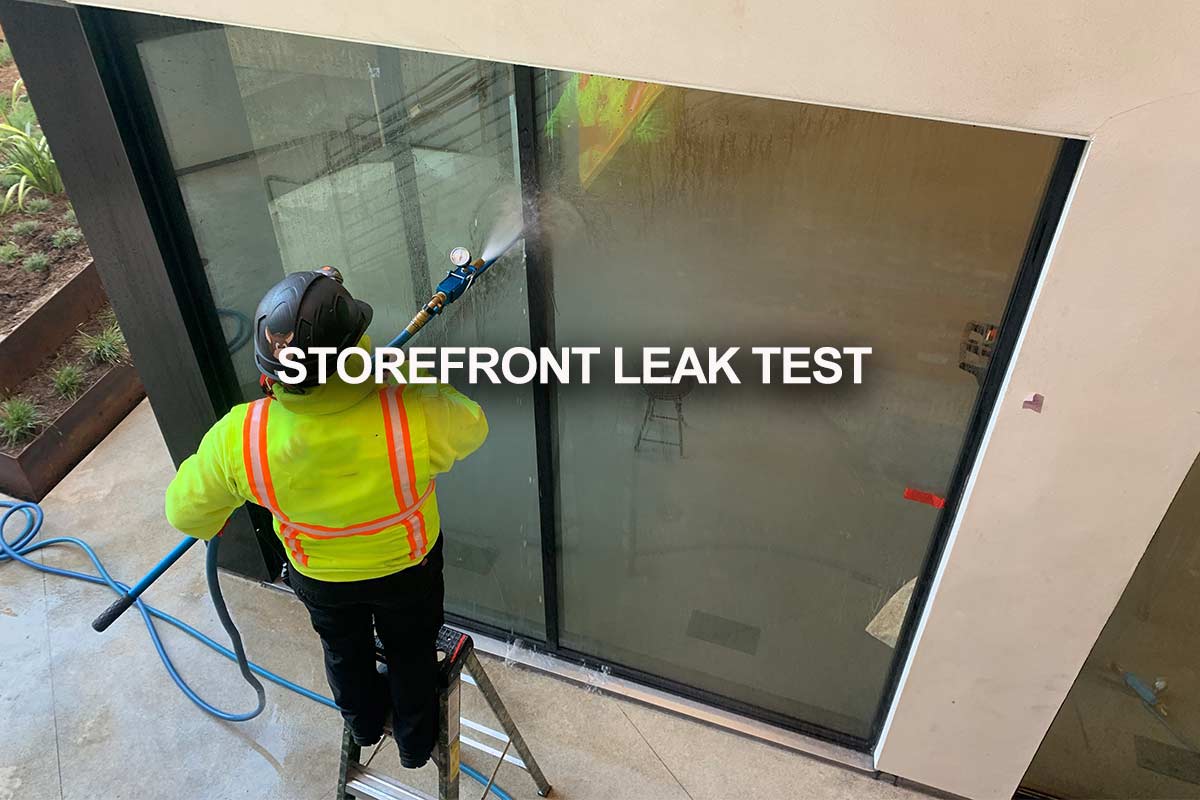
Storefront AAMA 501.2 testing by a Vegas water intrusion specialist
The AAMA 501.2 test is designed specifically for storefront products. This test will test the installation of these products with a tool known as a spray wand. The test is specific for these types of units as they are tested with an extreme amount of water as well as water pressure. The test is administered as follows…
6.1 The designated test area shall be divided into and evaluated in 1.5 m (5 ft) sections of the framing and joint. The nozzle shall be held normal to the plane of the wall and at a distance of 305 ± 25 mm (1 ft ± 1 in) from the location under test. Each 1.5 m (5 ft) section of test area shall be evaluated for a period of five minutes by slowly moving the nozzle back and forth over the test section while maintaining the nozzle perpendicular to the plane of the wall.


